LTCC—Low Temperature Cofired Ceramic
OZO has evolved with the LTCC industry.
We have worked with LTCC manufacturers since 1998, using fiducial recognition and high resolution leadscrews to locate, shape and cut ceramic circuits. We have specialized methods and routines to automate this process and make it more efficient, accurate and easy for operators.
We use fiducial recognition to precisely locate the part and cut it out accurately to less than 0.0005 inch. Our process utilizes a SmartCamera with its own processor that can recognize multiple types of fiducial marks and report exact locations (to less than 0.0005 inch). Two or more fiducial marks can be located, then the routing file can be un-skewed to match the part.
Using Automatic Tool Change (ATC) a variety of tools can be used to shape the part and cut it out. The buildup of ceramic material on the tool is automatically cleaned for their reuse. Tool History is maintained. Tool length & diameter are automatically verified.
The supervisor/engineer designs multiple patterns to shape, drill, rout and remove the part. Once developed and debugged, this information is remembered and protected from accidental change within a job setup file.
The operator selects the proper job setup, mounts the ceramic sheet using automatic alignment tools. The operator closes the safety doors and presses Cycle Start. The OZO finds the fiducial marks, the parts are shaped & cut with multiple tools automatically. When finished, the operator opens the safety doors and removes the finished parts.
The supervisor/engineer can design multiple job setups for each individual part/product or for multiple steps of processing for a more complicated part/product. Once the job setup file is qualified and fine tuned, it is saved. The proper job setup can then be accessed by the operator as needed for each part or process. This can be further automated by reading a barcode on the part to automatically select the proper job setup.
If higher accuracy is needed, the OZO machine can be upgraded to achieve positioning accuracy of up to: 0.00025 inch = 0.0064 mm = 6.35 microns
Note: Actual Servo Step size in this case is: 0.000025 inch = 0.00064 mm = 0.64 microns = 635 nanometers
If precision assembly is need for the product, the OZO can be fitted with mechanical grippers and programmed with a macro language, similar to PLC language, to perform any number of steps on a product. Examples of this type of IO interaction:
- inserting fine wires into small holes.
- lowering test probes on the PCB
Based upon feedback from a test system, the PCB can be depaneled or left in the panel.
What is LTCC?
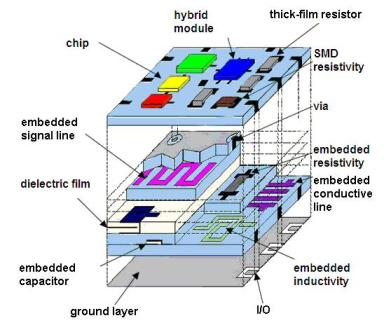
From the website of: LTCC Consulting
LTCC is a process of building a circuit within a case of ceramic. Super fine ceramic powder & binders are mixed, then pressed into paper thin sheets. These ceramic sheets are laid down one at a time. Components (resistors, capacitors, inductors, etc.) are printed on each layer. Precisely shaped cavities for microwaves may be carved within the structure.
The whole built up sheet may end up being 0.060 to 0.400 inch thick or more. It is then compressed together under tons of pressure which spreads the sheet out from the center. Then each part is located and cut out and fired to produce a hermetically sealed circuit board.
The images below are examples of our work:
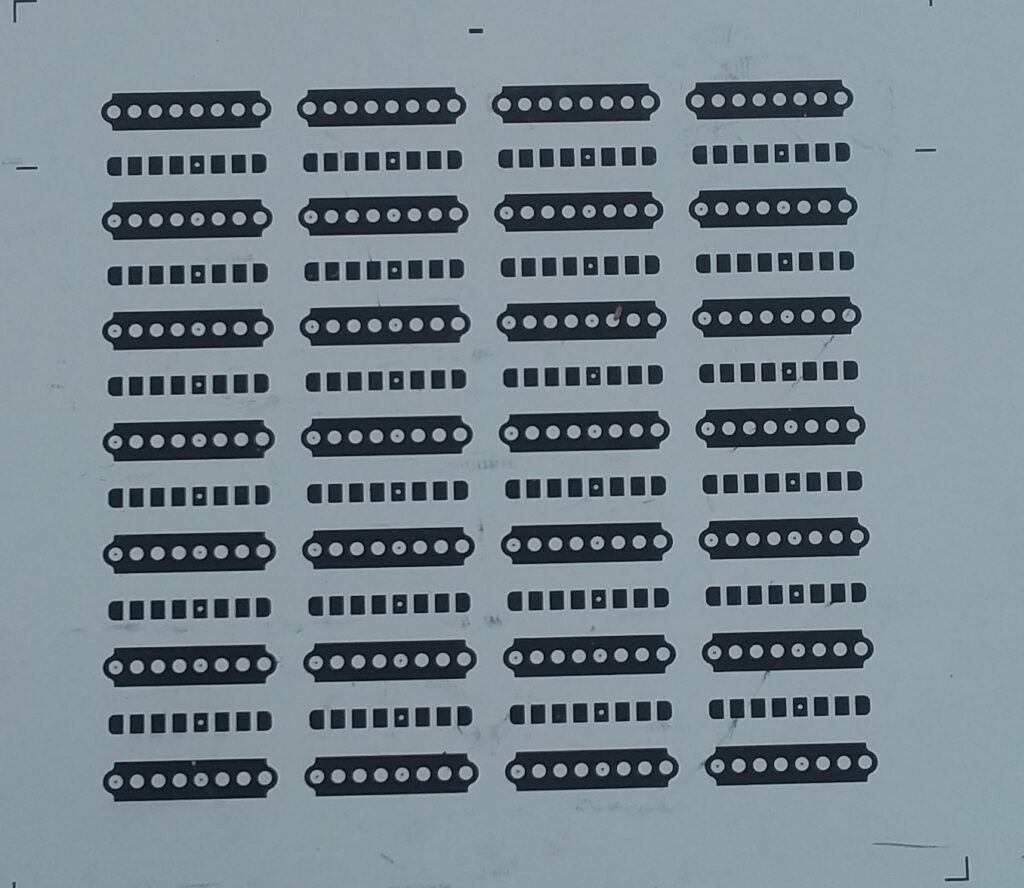
Beveled edge
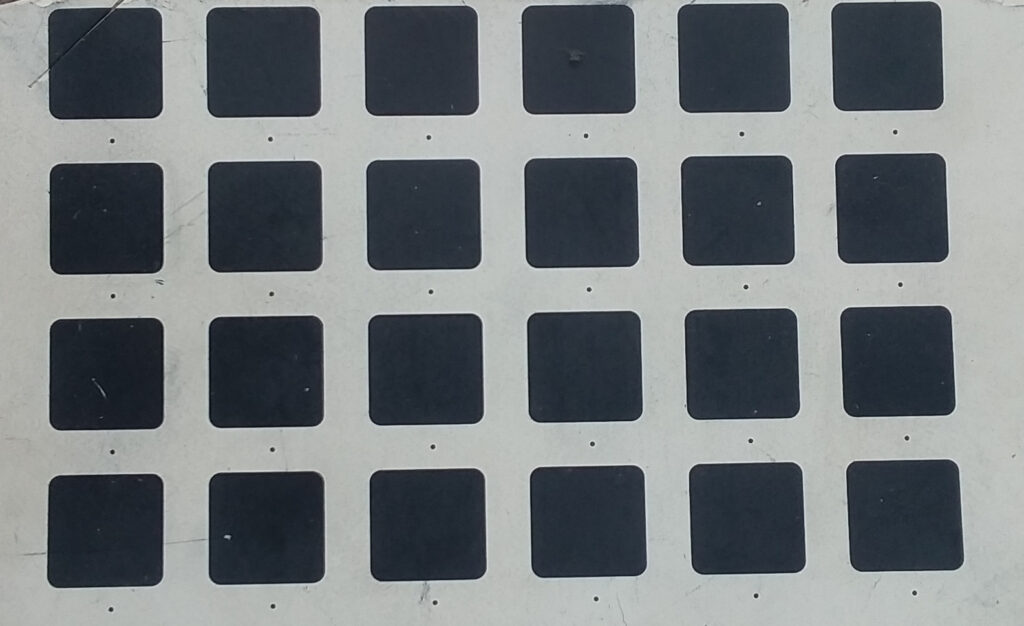
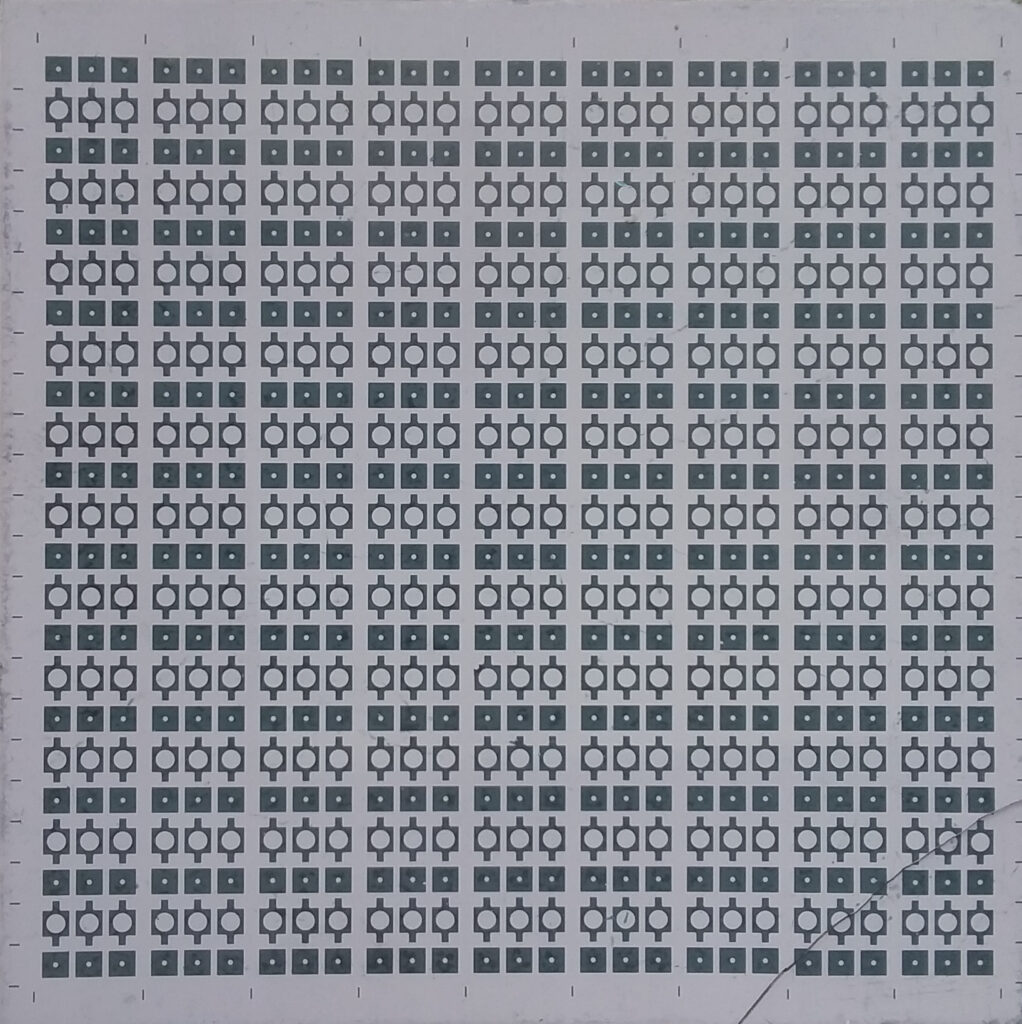
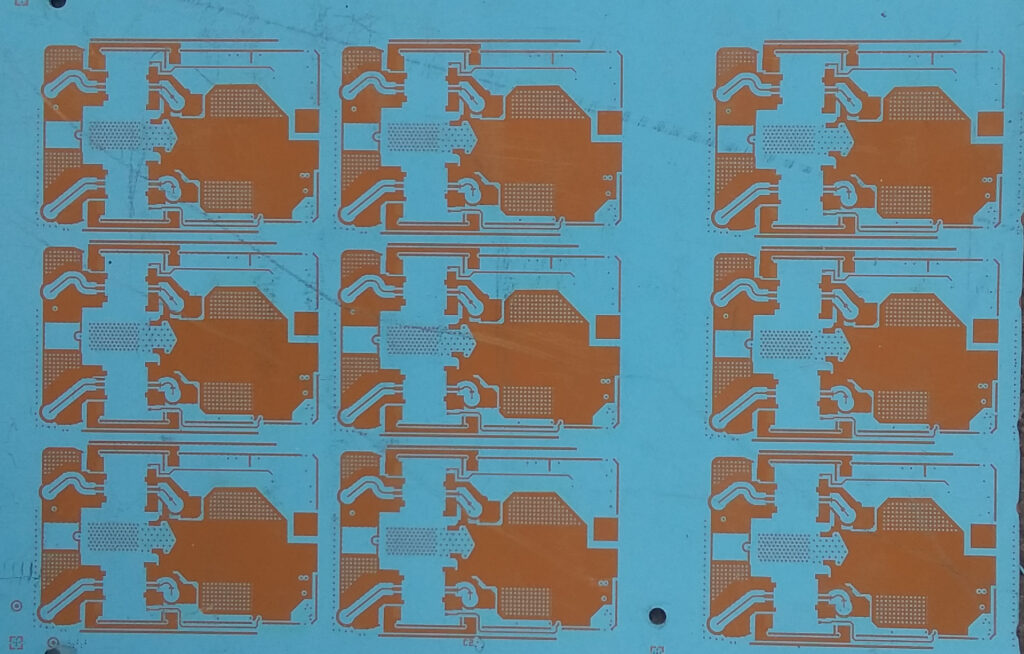
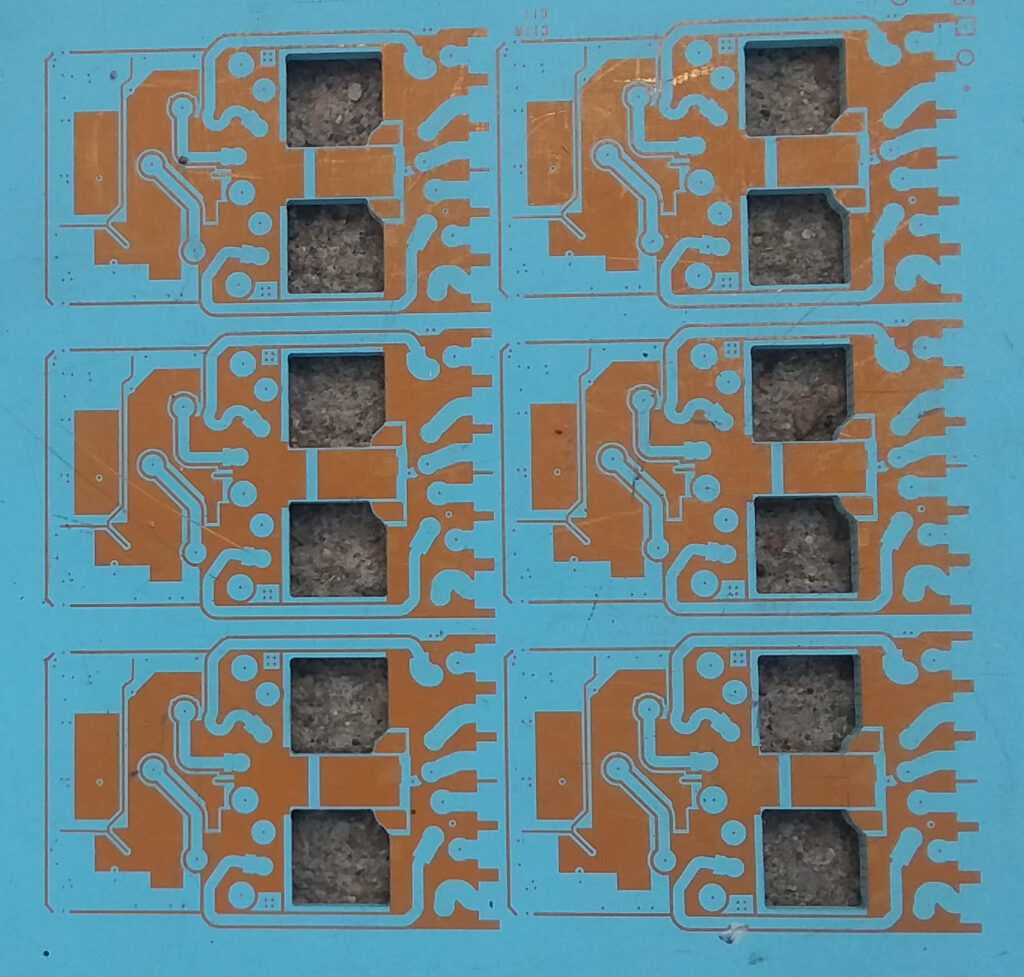


Contact us to learn more about our LTCC machines and find out our current availability.